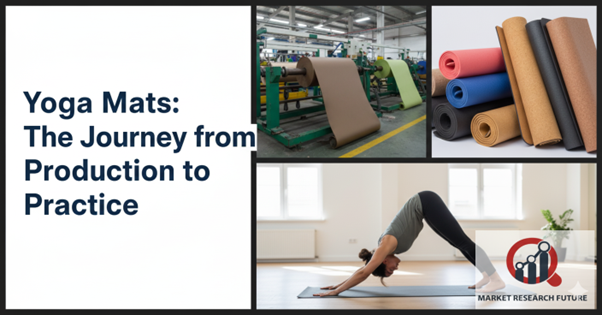Yoga Mats: The Journey from Manufacturing to Marketing
Yoga Mats: The Journey from Production to Practice

What you need to know about Yoga Mats
A yoga mat is more than just a place to practice; it's the base of your practice. The right mat adds comfort, stability, and performance by supporting and cushioning joints, muscles, and bones. There are many different types of yoga mats on the market today. Some are made of PVC foam, natural rubber, polyurethane, or eco-friendly materials. Each type is made for a different style of practice.
Insights into Manufacturing
Modern yoga mats are made to last, not slip, and be comfortable even when you're really sweating. More and more manufacturers are using eco-friendly methods that use less energy, produce less gas, and use more recycled materials. People now prefer non-toxic mats made from natural rubber or polyurethane that don't contain PVC. These mats are safe for both people and the environment. These mats are treated to make the coating even, give them some stretch, and give them the grip they need for hard poses and workouts.
Trends in the Business
Sustainability is pushing yoga mat makers to come up with new ideas. Brands are working to cut down on harmful emissions and use materials that can be broken down or recycled. Also, mats are made to last through a lot of use, so they will stay flexible and strong over time, whether you're doing yoga, Pilates, or high-intensity workouts.
Picking the Right Mat
Quality and thickness are very important. Standard mats come in a range of thicknesses, from thin 1/8-inch options that are easy to carry to thicker 3/16-inch mats that provide more cushioning. Premium mats are more durable and have better grip. Buying a high-quality mat will make it last longer, keep you from slipping, and help you practice safely. Affordable mats are a good way for beginners to try out yoga before spending more money on more expensive mats.
The Last Stretch
The yoga mat market in 2025 is a mix of function, eco-friendliness, and new design ideas. For a good practice, you need to pick the right mat, one that is comfortable, has good grip, and lasts a long time. The right yoga mat is always a good friend on the road to health, whether you're working out at home or in a studio.

Leave a Comment